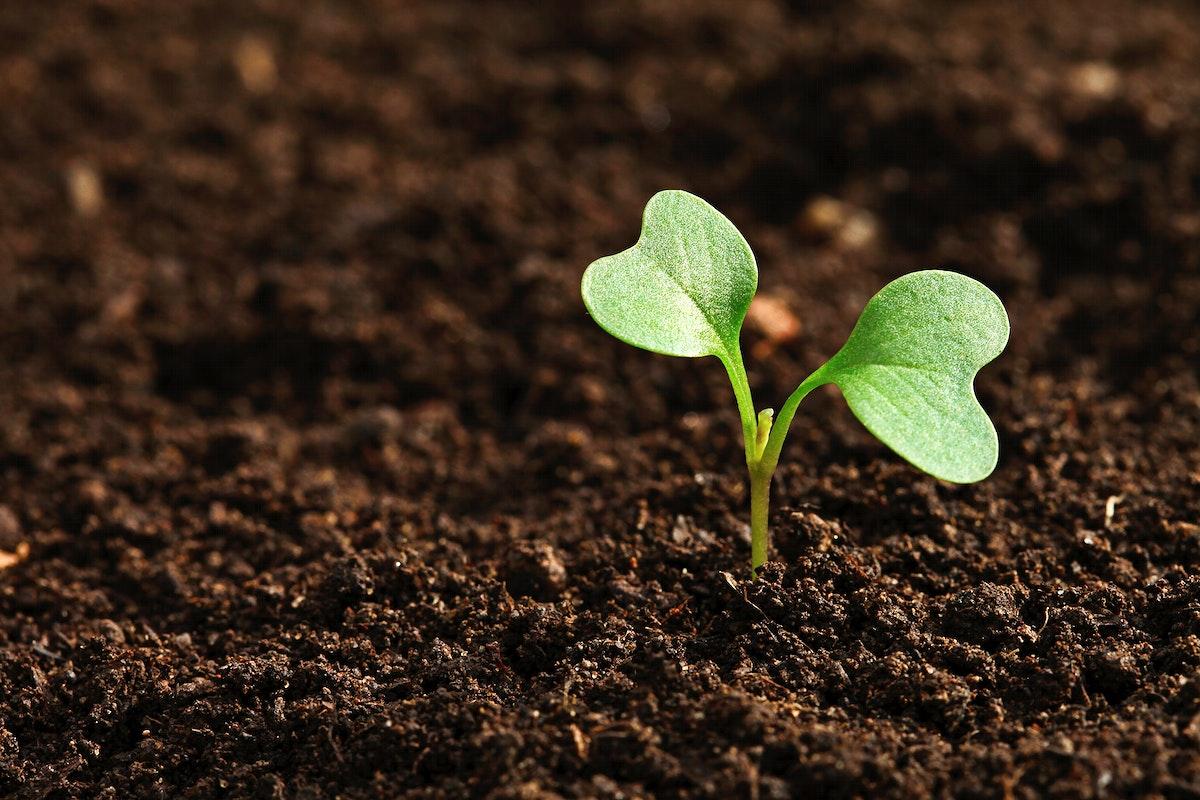
Engineering Greenhouse Design
by Kelly Smith
~Students apply the engineering design process as they learn the advantages and disadvantages of the greenhouse effect.
~Students will work collaboratively to construct a miniature greenhouse to understand how their designs incorporate the processes of heat transfer within a controlled environment.
~Students will collect, record and graph data over time as they compare the inside temperature of their greenhouse to outside.
~Lesson includes extension options in addition to community connection opportunities (University of Arizona's Controlled Environment Agriculture Center as well as Biosphere 2).
Lesson Plan Link/URL
https://docs.google.com/presentation/d/1VZKFo5-eWQEhZQ7fv1NFkKfp6eqLqQtZ/edit?u…Subject Area
Science Physical Science P1: Matter P4: Energy Transfer Earth and Space Science E1: Earth Systems Technology 2. Digital Citizen 4. Innovative Designer 5. Computational Thinker 6. Creative Communicator Engineering S2: Apply the Engineering Design Process S4: Apply Science to Engineering Mathematics Measurement and Data (MD) English Language Arts (ELA) Reading (Informational Text)Related Content

Grades:
5th Grade, 6th Grade, 7th Grade, 8th Grade
Empower with solar, motors & wireless! Unravel renewable energy, motor tech & wireless applications in an engaging STEM journey.

Grades:
9th Grade, 10th Grade, 11th Grade, 12th Grade
Using the Introduction to Hydroponics lab, introduce students to the features of the Hydroponic Systems. Students will explore the different types of grow mediums and grow lights used in the systems

Grades:
9th Grade, 10th Grade
This lesson plan focuses around 4 key topics, with activities for each. The plan covers renewable energy, solar energy, why solar energy is important, and what the children can do to conserve energy

